Cotton, a natural fiber derived from the cotton plant, has been a staple in the textile industry for centuries. Its versatility, breathability, and softness have made it a popular choice for clothing manufacturers worldwide. However, as with any material, cotton has its pros and cons when it comes to its impact on clothes. In this article, we will delve into the question: Is cotton good or bad for clothes?
- The Pros of Cotton in Clothing:
1.1 Comfort and Breathability:
Cotton is renowned for its comfort and breathability. Its natural fibers allow air to circulate, keeping the body cool and preventing sweat buildup. This makes cotton an excellent choice for warm climates or during physical activities.
1.2 Softness and Skin-Friendly:
Cotton's soft and gentle texture makes it ideal for those with sensitive skin. It is less likely to cause irritation or allergic reactions compared to synthetic fabrics. Cotton's hypoallergenic properties make it a preferred choice for individuals with skin conditions or allergies.
1.3 Absorbency and Moisture Control:
Cotton has excellent absorbency, capable of absorbing up to 27 times its weight in water. This feature allows cotton clothing to wick away moisture from the body, keeping the wearer dry and comfortable. It is particularly beneficial for activewear, towels, and undergarments.
1.4 Durability and Longevity:
Cotton is known for its durability, making it a long-lasting choice for clothing. With proper care, cotton garments can withstand frequent washing and wear without losing their shape or color. This durability contributes to the sustainability of cotton clothing, reducing the need for frequent replacements.
- The Cons of Cotton in Clothing:
2.1 Wrinkling and Shrinkage:
One of the downsides of cotton is its tendency to wrinkle easily. Cotton garments often require ironing or steaming to maintain a crisp appearance. Additionally, cotton has a higher likelihood of shrinking when exposed to high heat, so proper care is necessary to prevent unwanted size changes.
2.2 Absorption and Drying Time:
While cotton's absorbency is an advantage, it can also be a disadvantage. Cotton clothing tends to absorb and retain moisture, leading to longer drying times. This can be inconvenient, especially in humid environments or when quick drying is required.
2.3 Environmental Impact:
Cotton production, particularly conventional cotton farming, has a significant environmental impact. Pesticides, fertilizers, and excessive water usage are common practices in cotton cultivation. However, the rise of organic and sustainable cotton farming methods aims to mitigate these concerns.
Conclusion:
In conclusion, cotton offers numerous benefits for clothing, including comfort, breathability, softness, and absorbency. Its durability and skin-friendly nature make it a popular choice among consumers. However, cotton's propensity to wrinkle, shrink, and its environmental impact should also be considered. By understanding the pros and cons of cotton in clothing, individuals can make informed choices that align with their preferences and values.






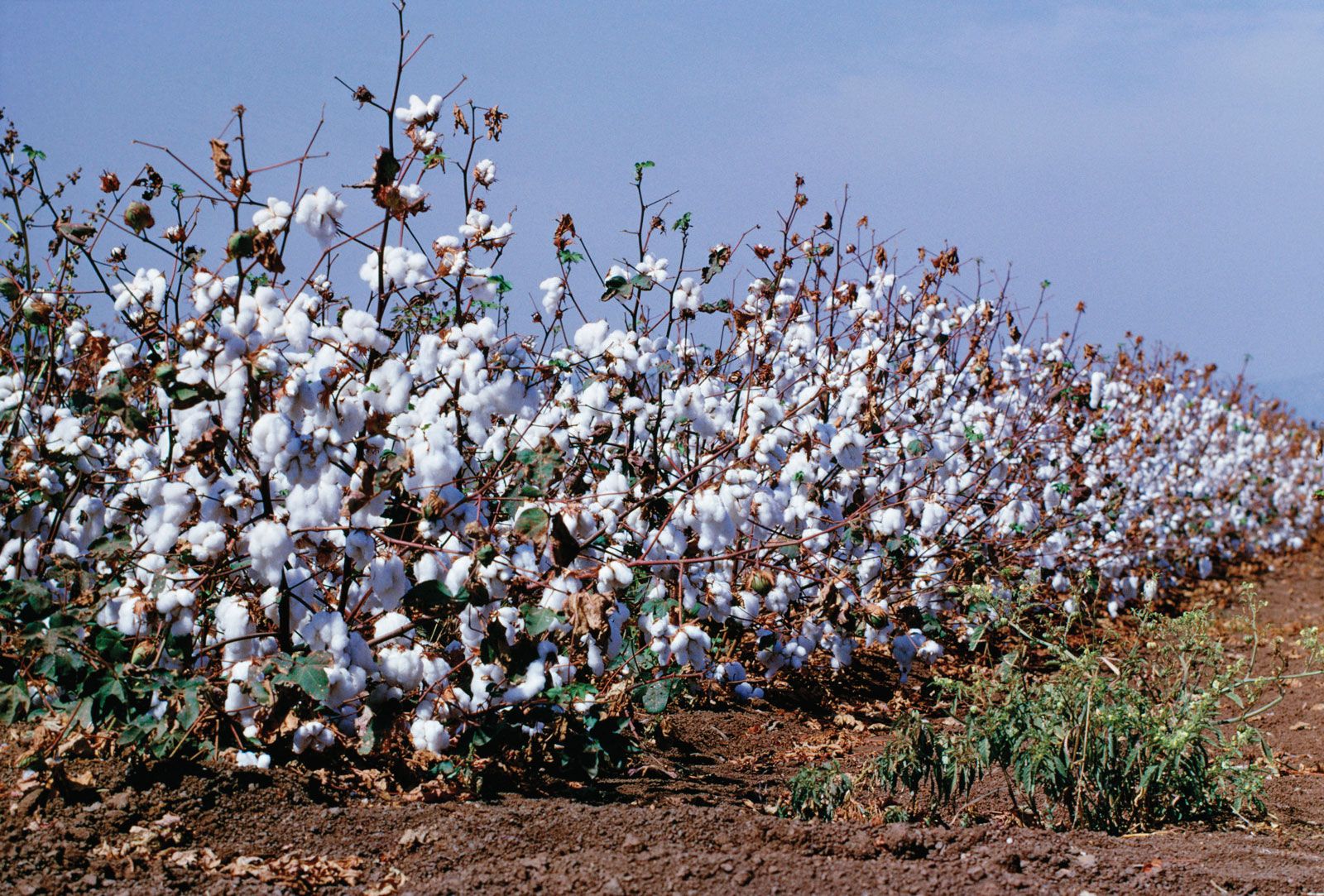
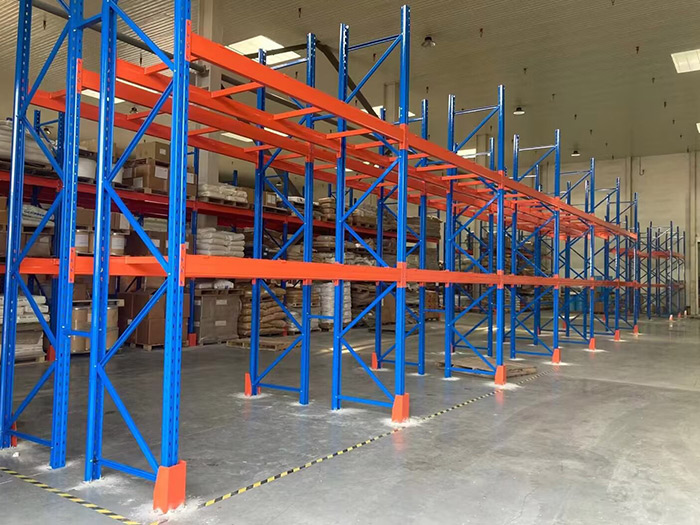
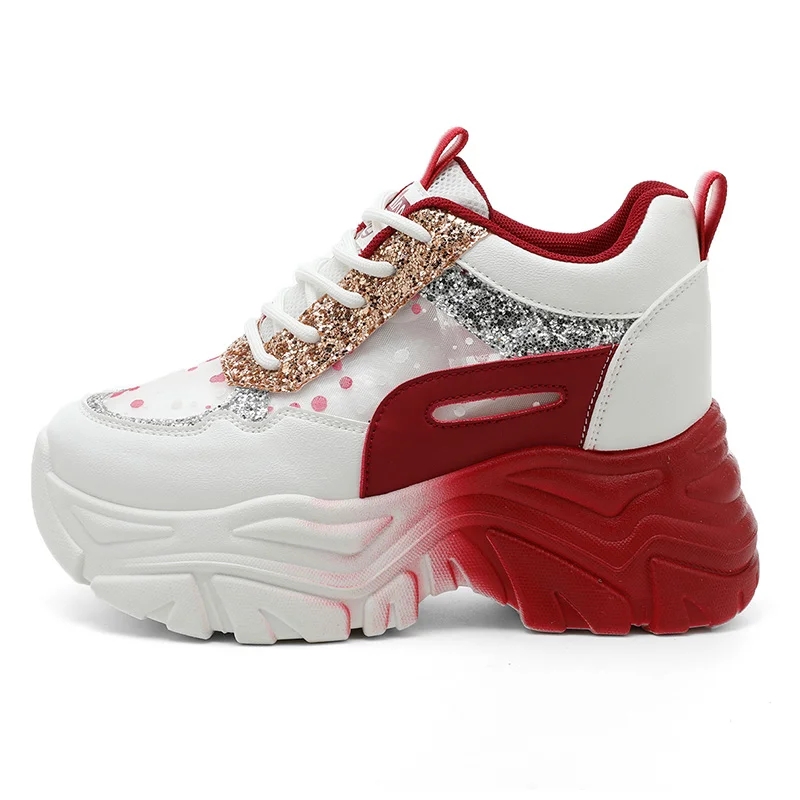
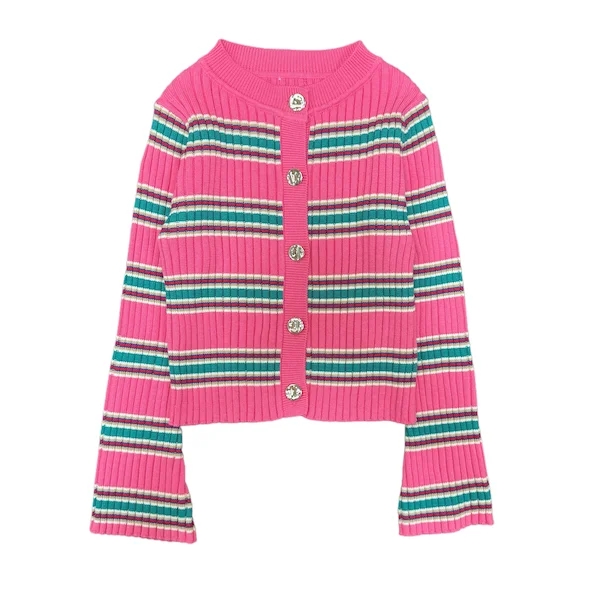
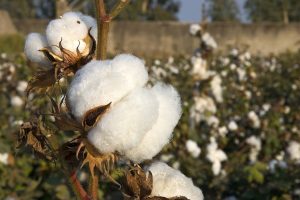

+ There are no comments
Add yours